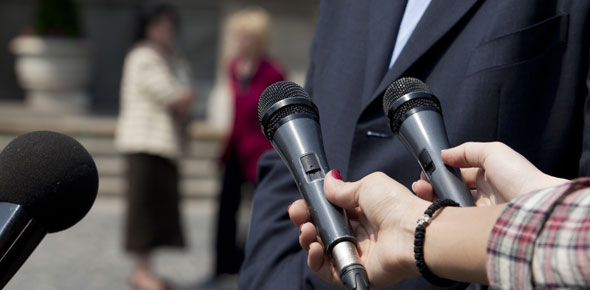Public Speaking Test 4
- ISO 10018
- ASTD
2.
You may optionally provide this to label your report, leaderboard, or certificate.
×
Thank you for your feedback!
















